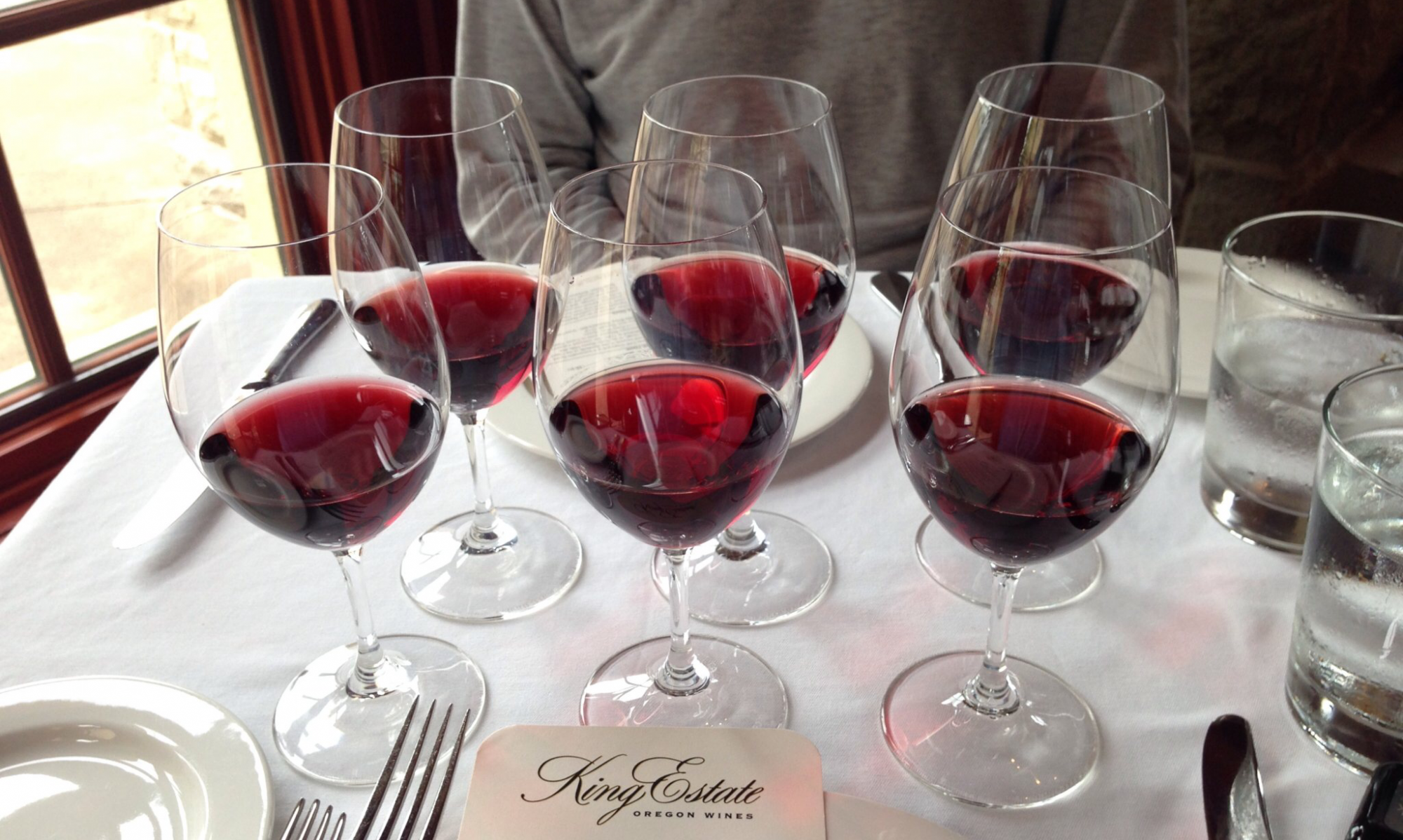Fast pickles using whipping siphon
| Servings | Prep Time |
| 4 | 30 minutes |
| Cook Time | Passive Time |
| 10 minutes | 20 minutes |
|
|
|
Using a whipping siphon may not be intuitive, but the same process that infuses cream with air also can be used to force brine into cucumbers or other vegetables to make real pickles in 20 minutes. This recipe is adapted from http://www.foodandwine.com/recipes/quick-bread-and-butter-pickles.
|
- 0.5 pounds cucumber English (hothouse,) Asian or pickling cucumbers best
- 0.5 small onion Sliced thin
- 3 tbsp kosher salt
- 0.5 cups cider vinegar
- 0.25 cups sugar
- 0.5 jalapeno or other small pepper finely chopped
- 2 tsp Korean hot pepper flakes "gochugaru" or kim chi pepper
- Slice cucumbers evenly (a mandoline works great for this,) then place in colander and sprinkle salt over them. Set aside. Combine remaining ingredients, then heat in saucepan while stirring. Remove from heat when sugar dissolves. Allow the brine to cool. (Place the saucepan in a larger pan with ice water to accelerate this.) Add the cucumber and onion to the brine, mix completely.
- Place the cucumber mixture into the chamber of a clean whipping siphon. Do not fill more than 2/3rds full. Close whipping siphon. Use one cartridge of nitrous oxide, following instructions that come with the whipping siphon. Shake the siphon and refrigerate for 20 minutes.
- After 20 minutes, cover the nozzle of the siphon with a measuring cup or other container to prevent brine from being squirted on yourself or your kitchen. Depress handle to release the gas, then unscrew siphon top. The pickles are ready to serve.
Ad
Spatchcock: It’s not just for chickens anymore

Half the fun of cooking poultry using the “spatchcock” method is being able to say that funny word. But it’s also a truly awesome method to cook chickens, and, as Mark Bittman has advocated since 2002, can be used to cut turkey roasting time from several hours to less than one. That can transform Thanksgiving as we know it.
Spatchcocking is simply a technique in which a chicken or turkey is butterflied by removing the back bone, so it can lay flat on a grill or roasting pan. Eliminating the bird’s cavity eliminates the biggest challenge when roasting a turkey or chicken, because it enables the heat to be more carefully controlled and not wasted on the vacant space. (Stuffing a turkey reduces the variability, too, but extends cooking time and also creates some food safety issues if the temperature isn’t monitored carefully.)
Here are a couple of resources to learn about spatchcocking turkey and how to do it:
- How to Cook a Spatchcocked Turkey on Serious Eats, includes a good video demonstration.
- Mark Bittman’s original 2002 recipe or his 2008 video, that makes it super clear how to do and how easy it is.
- An excellent article on Quartz.com: The story of spatchcocking and how Mark Bittman changed Thanksgiving forever.
From the Quartz.com article comes this interesting graph from Google, showing the frequency of searches for the term “spatchcock” over time:
